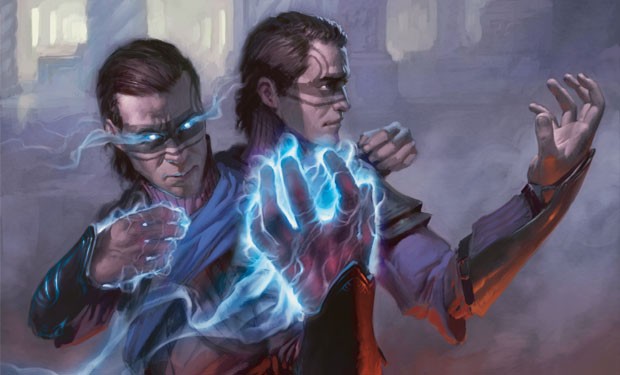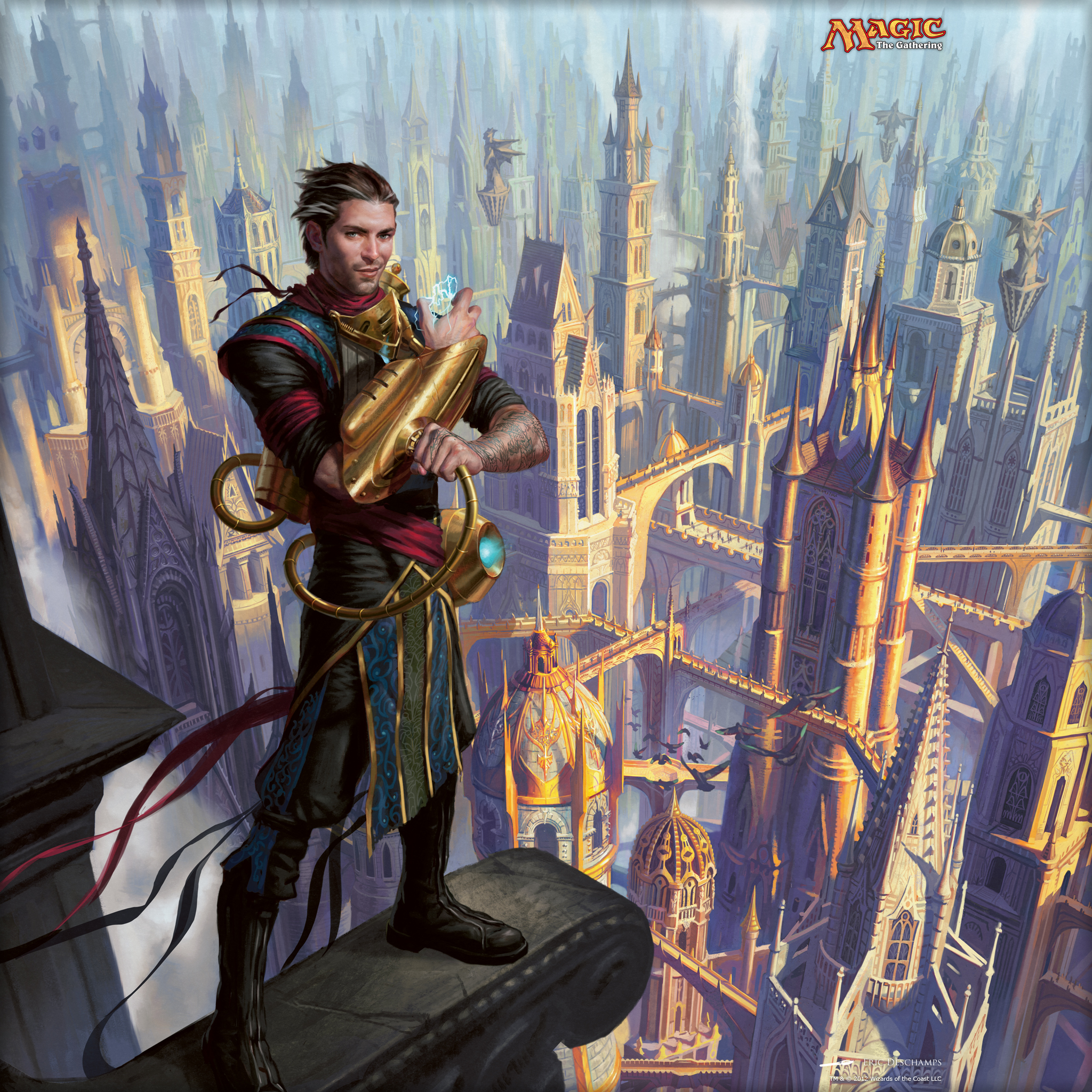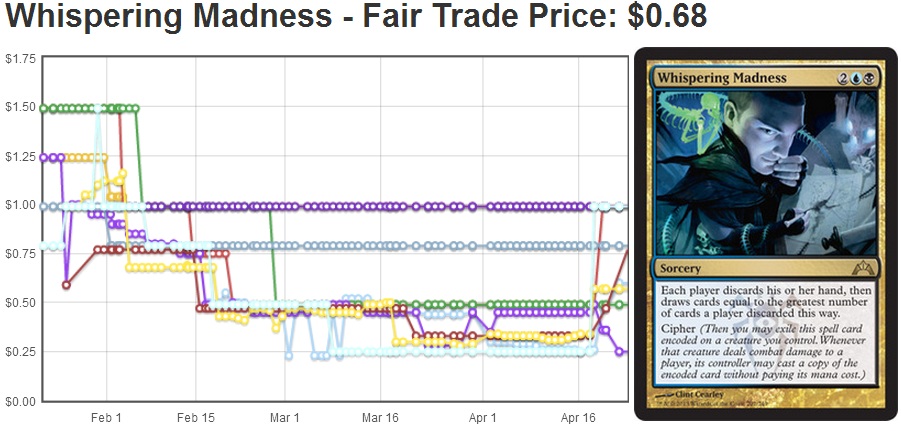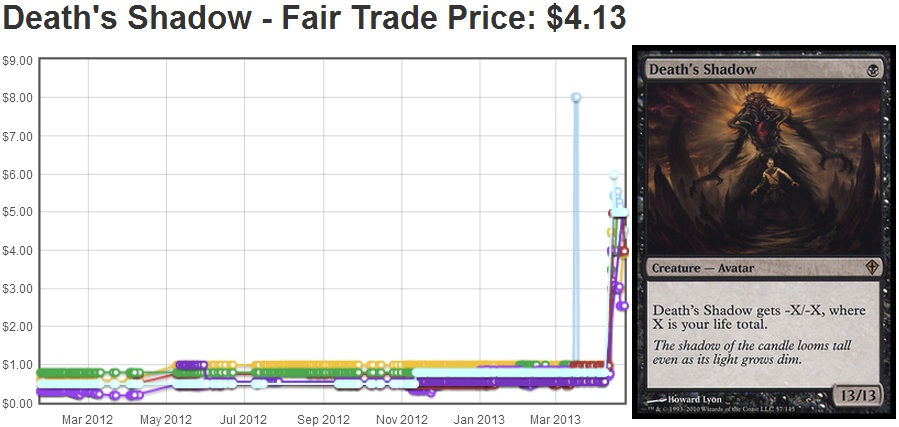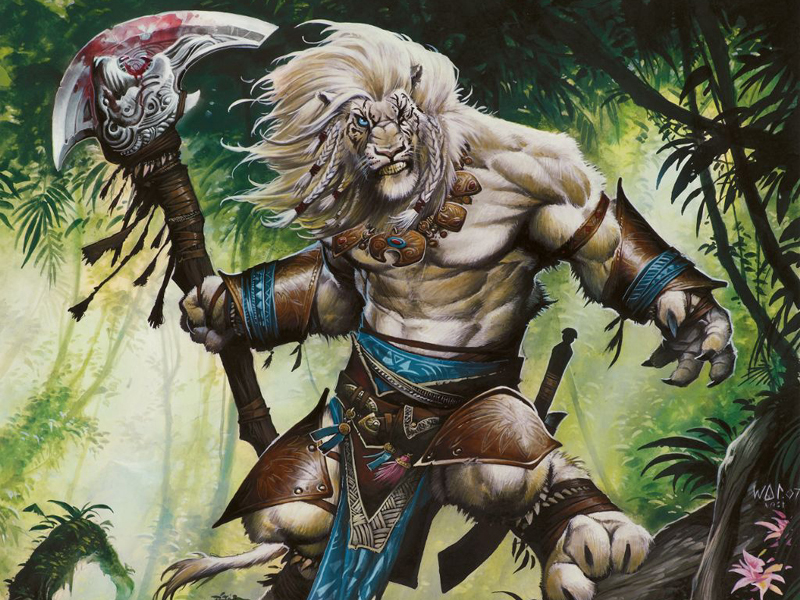Pro Tour Dragon’s Maze is playing out this weekend in San Diego. While it’s true the Block format the Pro Tour features this time around isn’t widely played, it can provide a sneak peek into which cards may be good in Standard once the Innistrad block rotates out in a few months. Therefore, even though there might be a dominant deck, the cards found within the deck may not drastically rise since few people play the Block format. However, it will still definitely be worth keeping track of the popular cards, as they may be the key building blocks for Standard in a few months’ time, and may foreshadow which strategies will do well, and which cards may raise in price.
Speaking of looking ahead to future Standard, I would sell all the Standard-legal Reanimator pieces right now, such as Angel of Serenity. Why? Because Scavenging Ooze is going to be reprinted in M14. This legacy staple has a very high power level, and will see high levels of play regardless of how prevalent Reanimator decks appear in the metagame. In legacy, some have said they prefer to play this card instead of Tarmogoyf, because it can get as big as Tarmogoyf – if not bigger – relatively easily, and they like the utility of graveyard hate attached to a major threat. The effectiveness of Scavenging Ooze at removing cards from the graveyard, combined with providing a relatively quick clock, will definitely put a crimp in the plans of what Reanimator decks are trying to do.
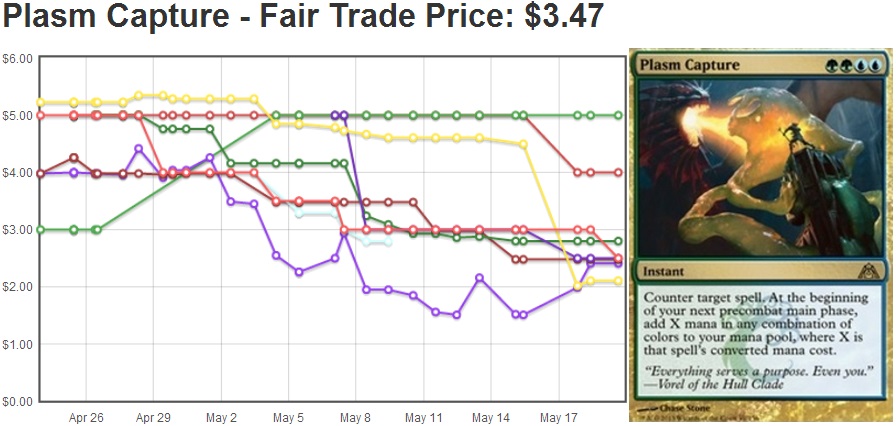
One strong interaction in Standard that hasn’t yet seen widespread play is Plasm Capture into Aetherling (or the more commonly used Sphinx’s Revelation). Aetherling is a stupendous creature; it is virtually impossible to kill, and because of its built in evasion and pump, it ends games very quickly once it has been cast. It does cost a bit of mana to play, but once it enters the battlefield, it has a significant impact on the game. With Plasm Capture being available, it enables the deck to counter a spell on turn four, and then next turn cast Aetherling and leave mana up to flicker Aetherling if needed to make it impervious to any removal spells. With Plasm Capture and Aetherling both only costing around $4, they both have room to grow if this synergy gains traction.
Have fun watching the Pro Tour this weekend. I’m very excited to see which decks and cards will do well.
